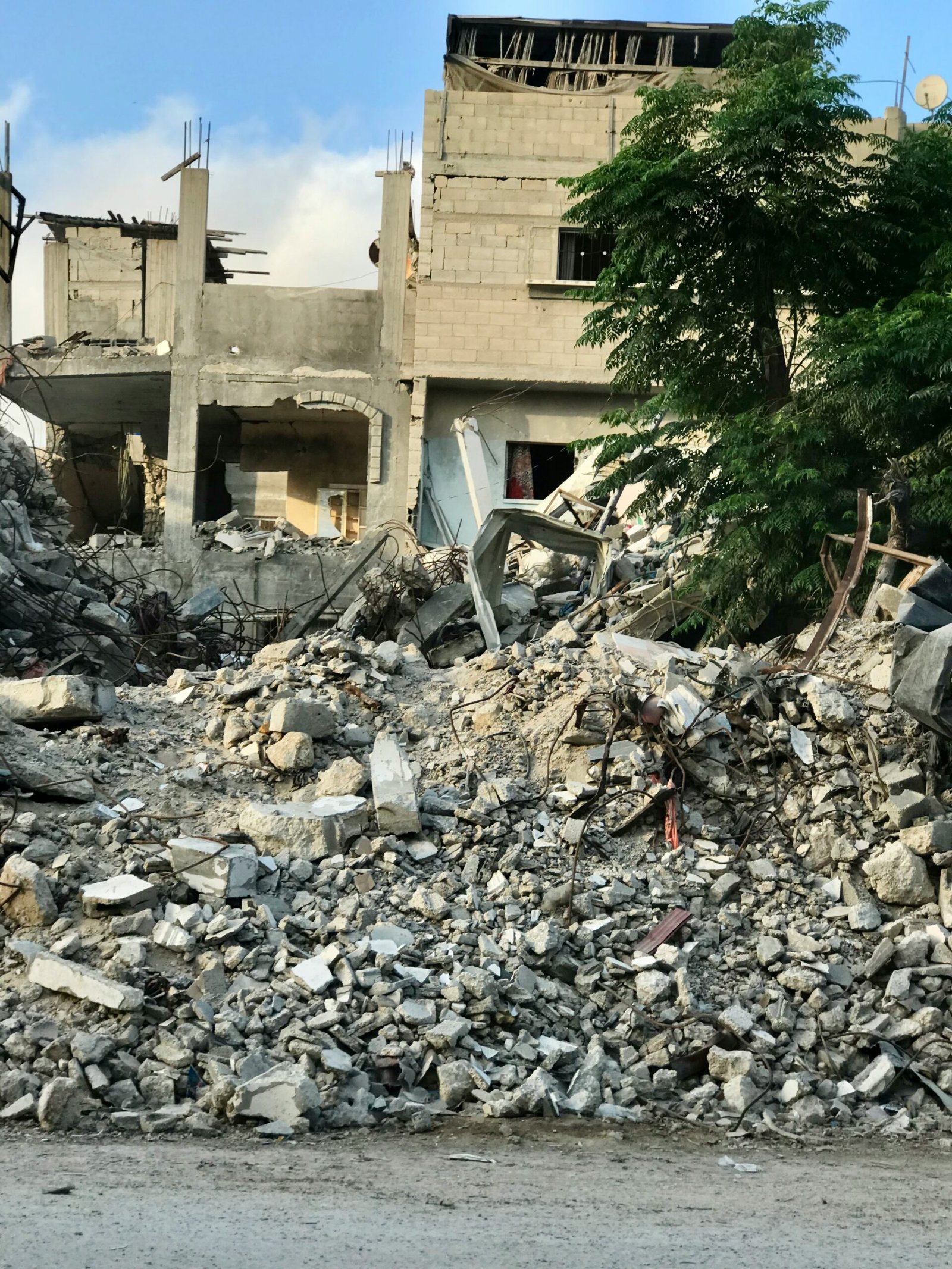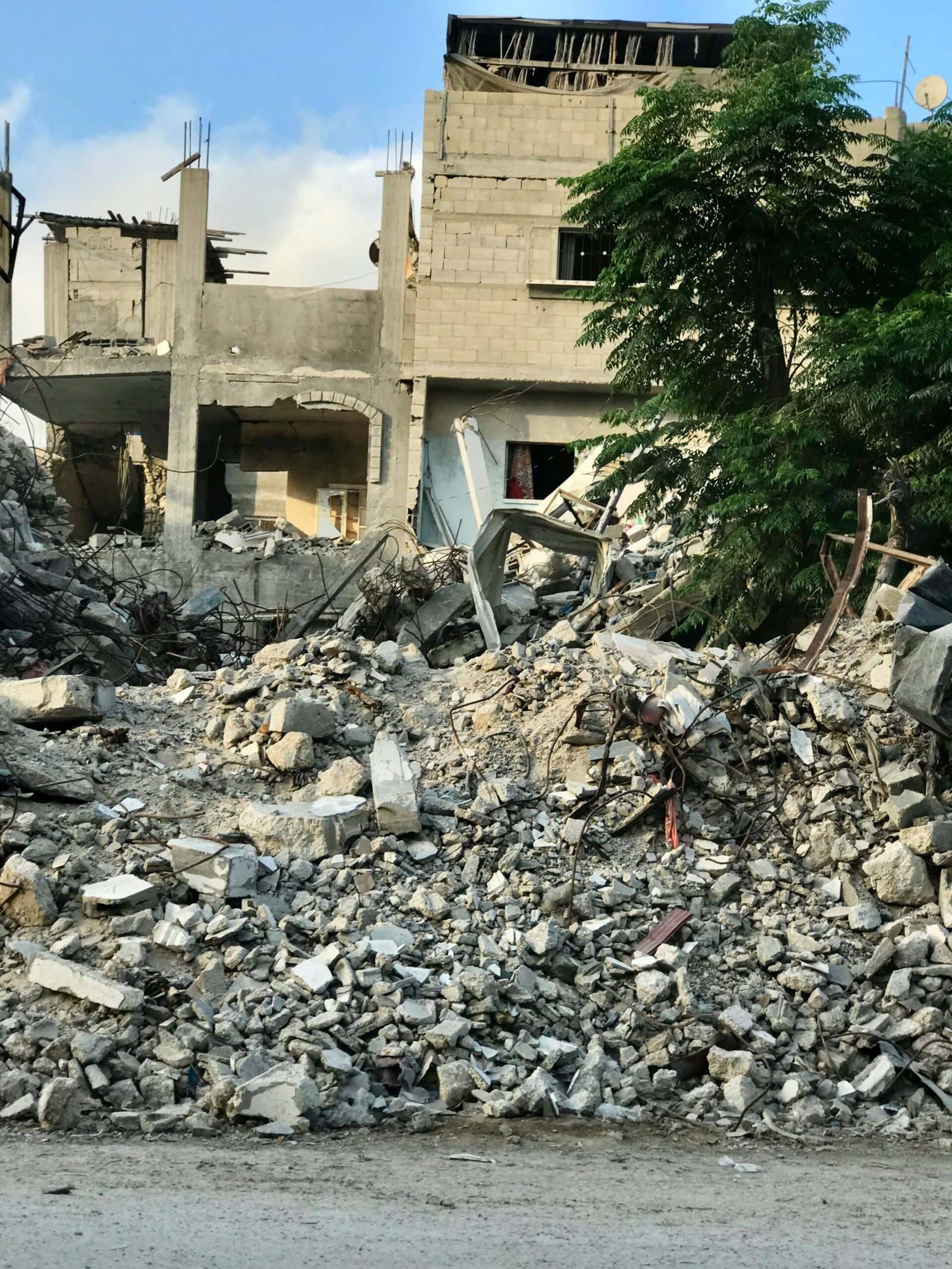Physical Address
304 North Cardinal St.
Dorchester Center, MA 02124
Physical Address
304 North Cardinal St.
Dorchester Center, MA 02124


The Gaza conflict has deep historic roots that can be traced back to the late 19th and early 20th centuries, particularly with the formation of Israel in 1948. This moment marked a significant shift in the region’s political landscape, as the establishment of a Jewish state was met with resistance from the Arab population. The displacement of Palestinian Arabs during the 1948 Arab-Israeli War led to a significant demographic change and initiated longstanding grievances that continue to fuel tensions today.
In the ensuing decades, further conflicts exacerbated the situation, notably the Six-Day War of 1967, during which Israel occupied the Gaza Strip, along with other territories. This occupation brought about a complex socio-political dynamic, as the local Arab population experienced various forms of governance and repression. The rise of Palestinian nationalism during this period, culminating in the establishment of the Palestine Liberation Organization (PLO), created a competing narrative against the Israeli state, intensifying the cycle of violence.
By the late 20th century, the emergence of Hamas, an Islamist militant group, added another layer to the conflict. Hamas gained popularity through its social programs and armed resistance to Israeli occupation, ultimately winning control of the Gaza Strip in 2007. In response to Hamas’ governance, Israel imposed a blockade on the territory, citing security concerns. This blockade severely restricted the flow of goods and humanitarian aid, leading to dire living conditions for the residents of Gaza and further igniting anger and resistance.
International involvement over the years has also played a pivotal role, with various countries and organizations attempting to mediate peace, though often with limited success. Repeated cycles of violence, failed negotiations, and political stalemate have entrenched the divisions and solidified the longstanding animosities between Israelis and Palestinians. Understanding this historical context is crucial for comprehending the present-day situation in Gaza and the challenges that lie ahead.
The situation in Gaza has witnessed significant escalations in recent months, primarily driven by a series of military actions and political developments. The escalation has been particularly apparent following key events such as protests and clashes at sensitive sites, which include the Gaza-Israel border and holy places in Jerusalem. These protests often reflect broader tensions and grievances among the Palestinian population, particularly regarding ongoing issues related to land, displacement, and economic hardships.
One notable trigger for the recent violence has been the Israeli military operations aimed at curbing rocket fire from Gaza. These operations have included targeted airstrikes against sites believed to be associated with militant groups, particularly Hamas and Islamic Jihad. In response to these military actions, there has been a marked increase in retaliatory rocket fire from armed groups in Gaza, further escalating the cycle of violence. The ongoing hostilities have not only resulted in significant casualties on both sides but have also amplified humanitarian concerns within the enclave, where civilians are often caught in the crossfire.
Additionally, political announcements have contributed to the escalating situation. Statements from Israeli officials regarding plans for settlement expansion and responses to perceived threats from Gaza have fueled tensions. International reactions to these developments have varied, with calls for restraint and dialogue from multiple countries and organizations. However, the on-ground reality remains fraught with challenges, as mistrust abounds between the involved parties.
Understanding these developments within the context of Gaza is crucial, as they are indicative of a broader conflict that has persisted for decades. As the situation continues to evolve, the potential for further escalations remains high, necessitating a keen awareness of the events leading to and resulting from the current climate of violence.
The ongoing conflict in Gaza has imposed severe humanitarian consequences on its civilian population, leading to a critical need for immediate and sustained international assistance. As the hostilities continue, the death toll has tragically risen, with thousands of casualties reported, reflecting the alarming scale of human suffering. The violence has forced many residents to flee their homes, resulting in significant displacement within the territory. Reports indicate that hundreds of thousands are currently living in precarious conditions, often without adequate shelter, food, or security.
Access to essential services has been gravely compromised due to the conflict. Healthcare facilities are struggling to operate amid the ongoing violence, facing shortages of medical supplies and personnel. The lack of access to clean water poses additional health risks, making the civilian population more vulnerable to waterborne diseases. Educational institutions have also been severely affected, with many schools being repurposed as shelters or damaged in airstrikes. This disruption jeopardizes the education and future of countless children in Gaza.
The response from humanitarian organizations and the international community has been multifaceted but fraught with challenges. Various NGOs and UN agencies are actively working on the ground, providing critical services such as food distribution, medical care, and psychological support. However, their operations are often hindered by ongoing violence, restrictions on movement, and bureaucratic obstacles. Debates surrounding humanitarian access continue, as some argue for increased intervention while others stress the need for neutrality and adherence to international law. The complex political dynamics further complicate the situation, making it increasingly difficult to navigate the landscape of aid delivery amidst the ongoing conflict.
The ongoing conflict in Gaza remains a profound challenge, necessitating a multifaceted approach to forge lasting peace. Various pathways can potentially lead to a resolution, including ceasefire agreements, peace negotiations, and international mediation efforts. A ceasefire often serves as an immediate step to halt hostilities, providing a crucial window for dialogue and rebuilding trust between the conflicting parties. Previous initiatives illustrate the temporary relief that such agreements can bring, yet they also highlight the fragility of peace when underlying issues remain unaddressed.
Peace negotiations stand as a pivotal component in the pursuit of resolution across the region. Throughout history, initiatives such as the Oslo Accords have attempted to establish a framework for dialogue, showcasing a willingness from both sides to engage in discussions aimed at mutual understanding. Building on these efforts involves a balanced consideration of the aspirations and grievances of both Palestinians and Israelis, culminating in proposals that acknowledge security, sovereignty, and human rights. International mediation can enhance the democratic discourse by involving neutral global players that facilitate negotiations, offering expertise and pressure to encourage compromise.
Regional powers also play a significant role in influencing the dynamics of the Gaza conflict. Countries within the Middle East, such as Egypt and Qatar, have historically been involved in mediating between factions. Their influence could prove vital in convening talks that aim for a long-term resolution. Each of these elements contributes to a comprehensive view of potential pathways to peace, emphasizing the importance of sustained dialogue rather than intermittent ceasefires.
The ongoing hostilities risk perpetuating cycles of violence, leading to devastating consequences for both communities. Conversely, successful diplomatic efforts could pave the way for reconciliation, economic development, and stability in Gaza. In light of these considerations, the future outlook hinges on the commitment of local and international actors to engage in constructive dialogue and work tirelessly towards a sustainable resolution.